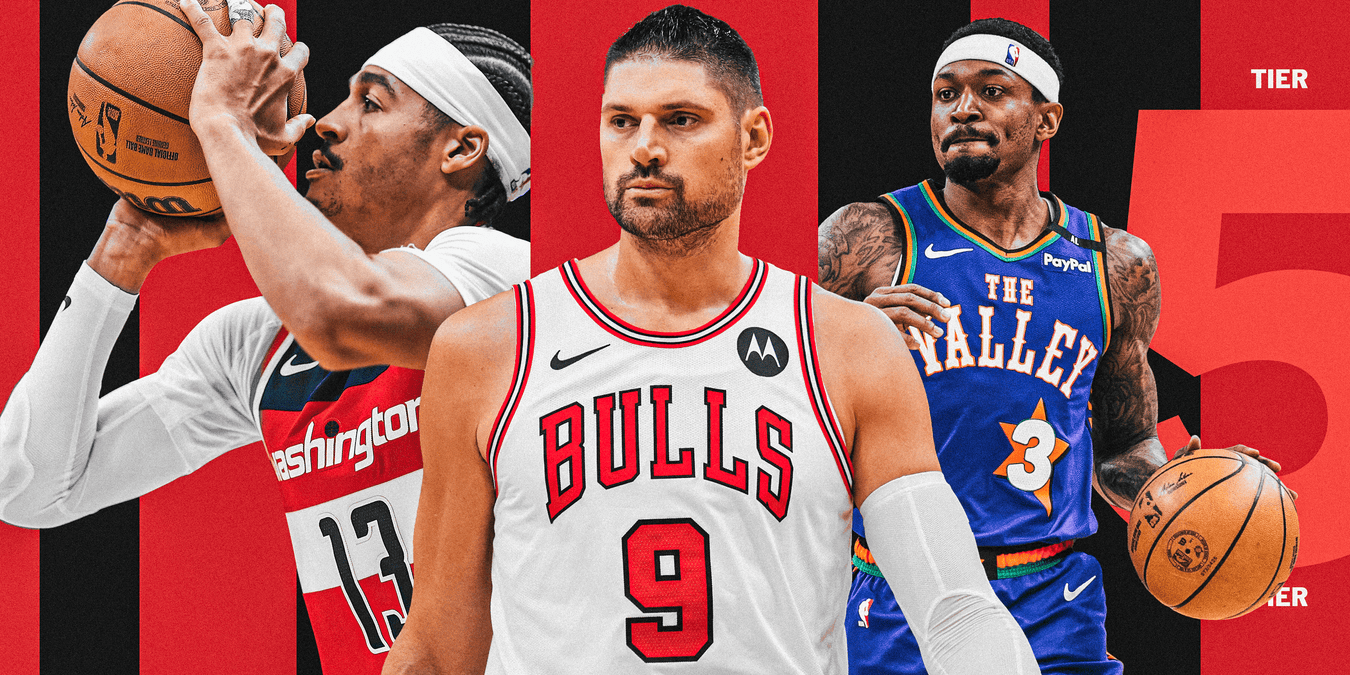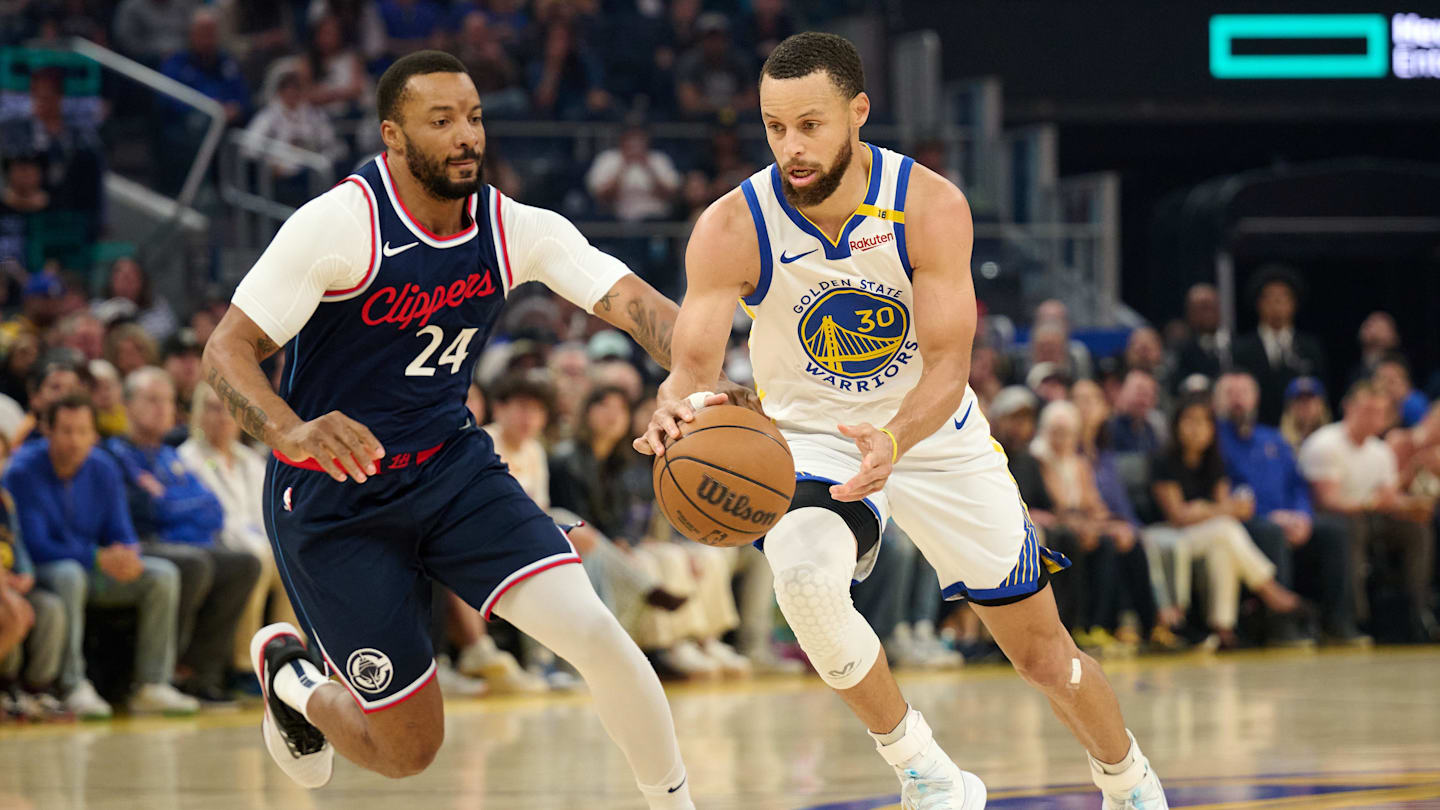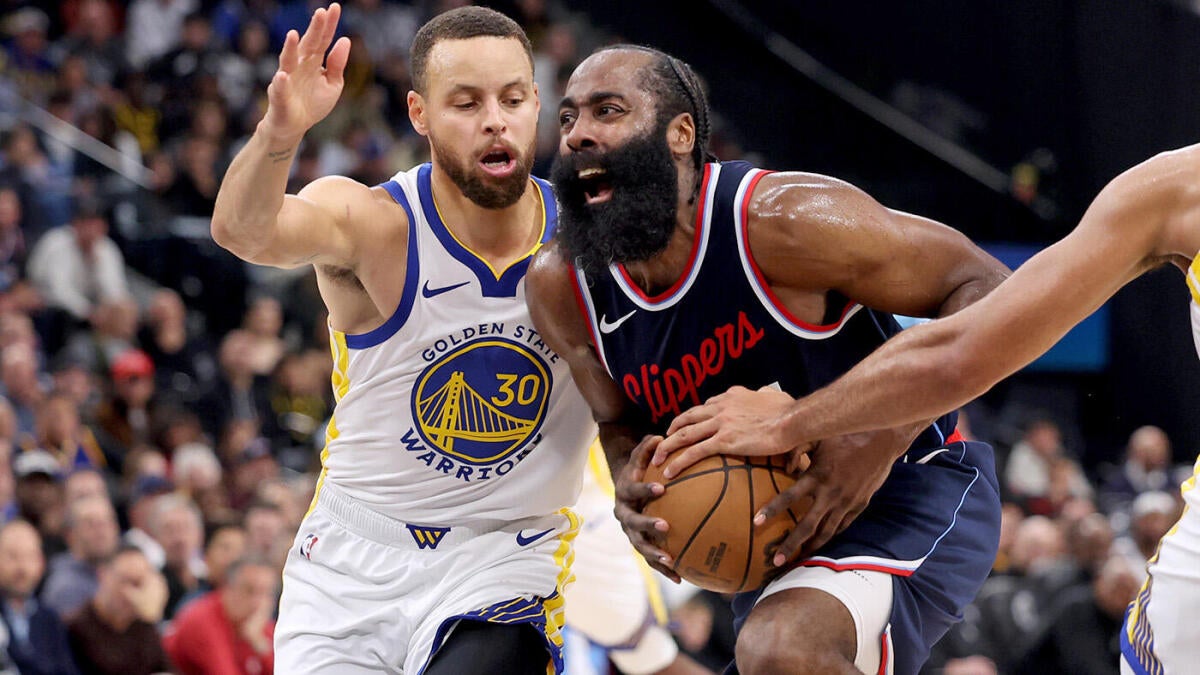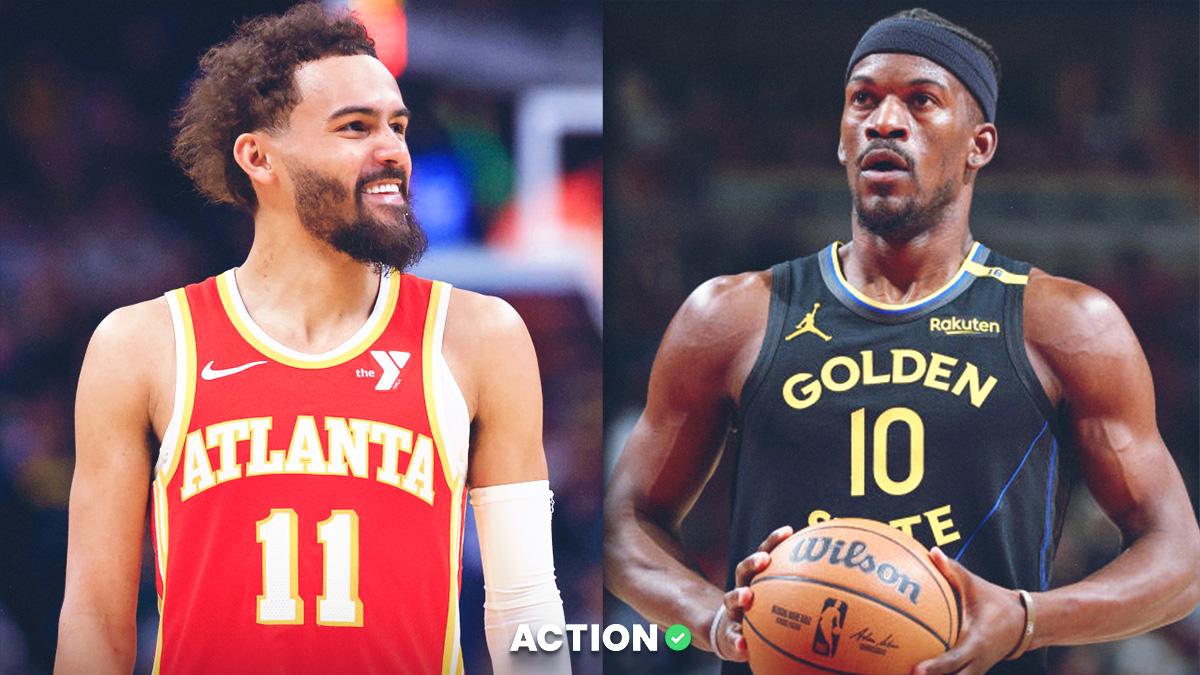
This article is part of our Rankings & Tiers series, an evaluation across sport about the key players, front offices, teams, franchises and much more.
With the 2024-25 NBA regular season complete, The Athletic presents its end-of-season NBA Player Tiers, a look at determining and slotting the top 125 players in the league.
Seth Partnow shepherded this project for four seasons, making it clear these were not rankings but a hard look at the value of the league’s best players and where they should be slotted. In October, I introduced Reliability Tiers, a five-part series on players the NBA considered to be stars. That was an intentionally objective exercise, while the Player Tiers project is inherently more subjective. I have a different way of evaluating players from my former colleague, and this is inspired by the foundation he built.
Advertisement
If we were to treat this like the scientific method, then Seth used a strong question to guide this player-evaluation process back in 2020: “What do we have? What do we need? What do we have to do to get there?” When considering players, my question is simply: “How close is this player helping you get to winning — especially a championship?”
In our five-part series, we are keeping tiers and sub-tiers, but I have simplified what each tier represents:
Putting players in tiers is an acknowledgment that similar players are generally a product of preference, fit and situation. Many factors go into how a player is valued. Is the team a contender, a pretender or in one of the various rebuilding stages? Is the player a guard, a wing or a big? Basketball is a team game with so many different skill sets and body types on rosters and in lineups — yet, we are here evaluating individuals.
It is impossible to fully remove the factors around a player’s environment to get to where that player’s place in the league is in a vacuum. But my task is to try and do just that.
How it works
The methodology that led me to create these tiers can be broken down into three parts.
Part I: Impact in minutes played. I considered every player in the NBA who is playing at least 30 minutes per game, and I excluded all players who do not play 20 minutes per game this season. Of the players who played 10 games this season:
- 104 players average at least 30 minutes per game.
- 180 players average at least 25 minutes per game.
- 254 players average at least 20 minutes per game.
I wanted to make this a 25-minute-only player exercise, so 20 minutes is generous. Roughly half of the players who played legitimate rotation minutes at some point in the season are on the list.
From there, I wanted to look at how good players are as far as how much better they make their teams when they are on the floor compared to when those players are off the floor, and how good those teams are in general when those players are on the floor.
Advertisement
Part II: There is only one ball, and this game is about buckets. There is a great deal of responsibility in being a player through whom teams play. It is important to not only identify which players are used as primary playmakers and top scoring options the most, but also how effective those players are at scoring in the actions that feature stars the most: pick-and-roll ballhandling, isolations and post-ups. Are you the type of player who gets most of the touches in your team’s offense? Are you the type of player who can be effective with your touches?
In October 2020, Charles Barkley went on “The Dan Patrick Show” and said there are bus drivers and bus riders. The context of Barkley’s comments surrounding Kevin Durant’s role and impact on back-to-back Golden State Warriors championship teams is not something I necessarily vibe with, but basketball is rarely a democracy, especially on the offensive end.
Understanding the pecking order of how teams function, and who teams play through versus who are in secondary and tertiary roles, goes a long way toward determining who is valuable on the floor for a team. What Barkley doesn’t discuss that I certainly will consider: There are some horrendous bus drivers and some great bus riders!
Part III: I value players who are effective with the ball more than those who are inefficient with it or don’t touch it often. I value players who positively contribute to winning teams in heavy-minute roles more than players who hurt their teams and/or play fewer minutes. But I am also heavy on what players actually do in a variety of roles.
I’m a believer in five positions: point guard, shooting guard, small forward, power forward, center. But that doesn’t mean players should be stuck in a box. I am more interested in determining where a player fits best, and then how many positions a player can reasonably play based on their size, skill set and ability to complement other players within a scheme. Defense validates lineups, and offenses require players who have the ability to dribble, pass and shoot. With that said, I look at these five skill sets for all players, regardless of position:
- How well players guard in isolation, per Synergy.
- How well players protect the rim, per Second Spectrum.
- Free-throw attempts per game, the true mark of a scorer.
- Assist-turnover ratio: How well do primary playmakers take care of the ball, and how well do lower-usage players make sound decisions?
- Catch-and-shoot 3-point percentage, which is often the primary contribution a role player makes on offense in the 2020s.
There is no one-size-fits-all number I prefer. Players who are in strong lineups on teams prone to having awful lineups on the floor in the same games are prone to having skewed impact numbers. Offensive skill can be easier to determine, but defensive numbers are harder to trust. It is really important to watch what players are asked to do defensively and whom they are capable of guarding and see how well they fit into how a team defends consistently.
Advertisement
Other considerations
- Seth would often mention how the tiers were “sticky.” On one hand, I am building this with Seth’s most recent tiers in mind. On the other hand, this is my criteria. If you see some players far outside of their range from last year, it is because I have a different interpretation of that player.
- This is not a lifetime achievement award. This is also not about predicting specific numbers for next season. But while this season is my primary foundation for evaluation, I do consider how the previous three seasons have gone, especially in the postseason. And we are projecting ahead to value between now and the next year, so age and availability matter. Young players may have reasonable upside, while players in their 30s are at risk of falling off the cliff. Players with existing or chronic serious injuries can’t impact teams as well as players who are consistently durable.
- Things like draft status and contract are minor factors. Pedigree and salary play a role in how many quality players a team can reasonably expect to have. But I’m not trying to draft players, sign players or trade players.
- Players are not ranked within their sub-tier.
- Minutes per game stats are as of April 11; Ages listed are as of July 1, 2025.
Tier 5
This wound up being the exclusion tier. Even getting to 125 is an act of inclusion. Some players are basically the “best of the rest” outside of the top 100.
Dejounte Murray and Chris Paul are the point guards in this group. Murray already had an injury-marred first season with the Pelicans before he ruptured his right Achilles tendon. Now, Murray has to come back from an Achilles injury and an ACL injury. He should probably be in a higher tier, but it is hard to imagine him being ready to play next fall. Paul is no longer a scorer, but he has been a helpful player and earned the right to choose how long he will play.
The shooting guards in this group are Luguentz Dort and Brandon Miller. Dort is more 3-and-D than ever, and while effective, his free-throw rate and scoring have plummeted. Miller added more volume in his second season, but his efficiency as a scorer went in the wrong direction before season-ending wrist surgery.
Rui Hachimura is a large small forward who has been a decent defender while continuing to be the only 40 percent 3-point shooter on the Lakers roster.
The power forwards in this group are Miles Bridges, Al Horford and Khris Middleton. While Miller got more touches than Bridges with the Hornets, Bridges is better on the ball at this point. The issue for Bridges is that he’s not very efficient either, and he’s an underwhelming 3-point shooter. Horford is nearing the end, which shows up in his lack of interior scoring and rim protection, but he is still a helpful player on both ends. Middleton has shown he is a playoff riser, but his age and durability make it challenging for him to play the minutes that made him a star in Milwaukee.
Nikola Vučević is the lone center in this group. While he has value for his rare offensive skill set at his size, Vučević is one of the worst rim protectors starting at center, making him a defensive liability who is in his mid-30s.
The 5B group is a step below the 5A group in that it is harder to see these players in the top 100. Payton Pritchard is a Sixth Man of the Year candidate who has to make up for what was overall a rough 2024 postseason.
Shooting guard Bradley Beal can still shoot and be efficient offensively, but he is one of the worst fits in the league with the other stars he shares the floor with. Beal’s lack of durability, positional size and defense have made him a distressed asset.
Advertisement
This is a group heavy on small forwards between Tari Eason, Cameron Johnson, Derrick Jones Jr. and Devin Vassell. Eason is dynamic on both ends, but his leg has to be managed. Johnson was a hot trade target, and he is an excellent shooter, but he is a little stretched as a primary option. Jones found a team that lets him be a peak 3-and-D athlete, as more than 60 percent of his field goals are 3s or dunks. Vassell has on-ball chops and a good jumper, and he can make plays defensively. But Vassell’s free-throw rate dropped off while the Spurs were at their worst with Vassell on the floor defensively.
Dorian Finney-Smith and Toumani Camara are in this group at power forward. Finney-Smith has been very helpful to the Lakers as a 3-and-D forward, while Camara gets the toughest assignments for Portland defensively while hitting 38 percent of his 3s.
Jakob Poeltl and Onyeka Okongwu are the two centers in this group. Both are helpful players who offer more skill than most centers but can disappoint in other areas. Poeltl is a decent passer who finishes and rebounds while graduating from awful to merely below average from the free-throw line. Okongwu offers a little more upside as a shooter but is not particularly difference-making as a defender.
I felt like this last group of players needed to be on, but was absolutely at the chopping block.
Russell Westbrook is one of the most polarizing players here. When things are going well, he is still able to do things few can do. But he is barely on this list because his limitations need to be accounted for by either playing him with the best players or giving him an outsized on-ball role that isn’t sustainable throughout a regular season or postseason for a team that wants to win. Anfernee Simons has a lot of offensive responsibility and keeps his turnovers low, but he is a defensive liability who would be much more helpful to a team in a role where he isn’t the primary scorer or ballhandler.
In the same way Simons is a lower-tiered descendant of Damian Lillard in Portland, Jordan Poole is the descendant of Bradley Beal in Washington. We’ve seen Poole be helpful to a title team in the role that is most appropriate to him, but his effectiveness wanes as a primary option for a bad team. Bogdan Bogdanović likely wouldn’t make this list if he were still in Atlanta. The fit became poor there, his ability to score looked like it had declined sharply, and his shooting looked like it was gone. But since he got to the Clippers, he has rediscovered his shot while going from the team that isolates the least to the team that isolates the most. LA has put the ball in his hands, and he has shown he can be a difference-maker as a secondary ballhandler. It helps that he has above-average positional size to go with the skill, allowing him to fit in powerful lineups with few rest stops.
Kris Dunn is a guard-sized player whom I slot as a small forward because of his tertiary offensive responsibilities and elevated importance defensively. I have concerns about Dunn’s lack of scoring and paltry 3-point shooting, but he is a valuable caretaker offensively while applying some of the most impactful perimeter defense in the league this season.
Advertisement
Apologies to players such as Mike Conley, Nickeil Alexander-Walker, Cam Thomas, Jonathan Kuminga, Brandin Podziemski, Jabari Smith Jr., Aaron Wiggins and Bennedict Mathurin. The 2025 postseason will be interesting for the players who are on teams that qualify, and their future outlooks will ride on that.
The Rankings and Tiers series is sponsored by E*Trade from Morgan Stanley. The Athletic maintains full editorial independence. Sponsors have no control over or input into the reporting or editing process and do not review stories before publication.
(Illustration: Demetrius Robinson / The Athletic; top photos: Patrick McDermott, Patrick Smith, Kelsey Grant / Getty Images)



